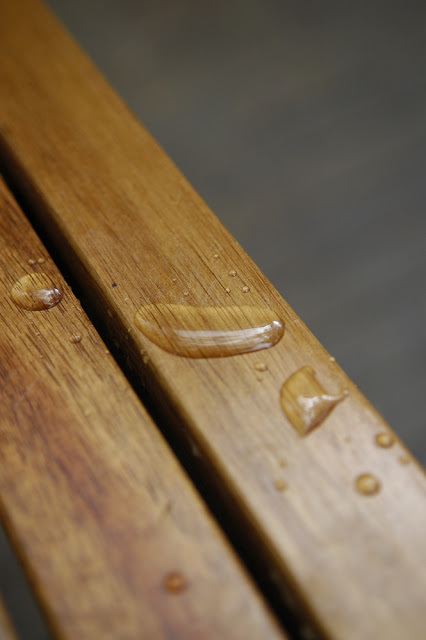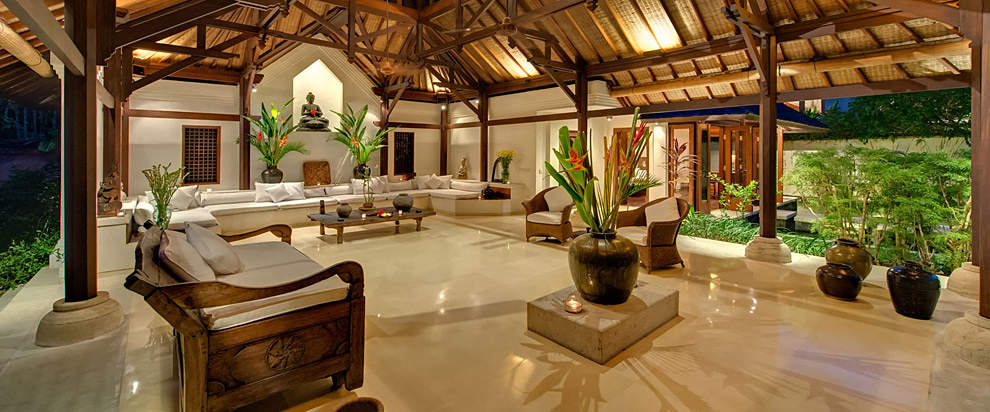Making sure your beautiful timber items stay that way....
Timber Furniture Care Information
Timber is a natural product and has characteristics that make each piece of furniture unique and individual. Mineral streaks, grain variations, knots, pitch pockets, colour variations and other markings create a natural beauty. No two trees are exactly alike, and this is reflected in the unique character that is reflected through the lustre of our carefully applied finishes.
Freshly sawn timber initially contains more than 50 percent moisture and has to be carefully dried to reduce the moisture content to a level which allows it to acclimate to the average level of humidity found in most homes.
Timber will continue to exchange moisture with the atmosphere in response to changes in the relative humidity around the furniture. Extremely dry air will cause timber to lose moisture and shrink a little, correcting itself when the humidity rises again. Maintaining a stable humidity level or reducing the rate of change of relative humidity will reduce the amount of movement within your timber furniture. These movements are, however, natural changes and do not affect the quality and sturdiness of your furniture.
Regular care of your precious timber pieces will ensure that they continue to look beautiful year after year.
TEAK FURNTIURE - Indoors and Outdoors
Teak outdor furnture is a great investment that you can enjoy for many years to come.
About teak
Oiling your Outdoor teak – don’t!
You don’t have to use preservatives or treatments of any kind to ensure the longevity of your outdoor teak. Oiling teak is only recommended if you are planning on using the furniture indoors. Outdoor teak furniture should not be oiled, as it will not prolong the life of the wood, but will, unfortunately, tie you into an arduous maintenance routine. Oiled teak is more likely to mildew and will be subject to irregular coloring as it weathers. New teak furniture often appears smooth and “polished” – this comes from the oil which occurs naturally in the wood. The oil on the surface of your teak will evaporate over time once the furniture is outdoors (hence the “graying”); it is the oil that remains below the surface that gives the wood its strength and durability. This is why good quality teak can be left outside all year long.
The graying of teak
When left outdoors teak furniture will naturally weather to a silver gray color. You will begin to notice the “graying” after a few months, depending on the amount of sun and rain your furniture is exposed to. Total weathering usually takes about 6-8 months. During the weathering process a slight “checking” or roughening of the grain may occur in spots. You may even notice a few small cracks. Checking is not a structural defect, but a perfectly natural process, as the wood expands and contracts, adjusting to the elements. Water spots or other discoloration may also occur during the weathering process. These will eventually even out, and the furniture will take on a uniform silver-gray color.
What if I don’t like the gray look and want to keep the honey color?
The “graying” of teakwood is simply the sign that the oil on the surface of the wood is evaporating. As such, your furniture can be restored to its original honey color by cleaning with mild soapy water and a soft bristle scrub brush. A Teak sealer can then be applied after cleaning, which will help to maintain the honey color of your teak. Teak sealer needs to be reapplied about once a year, and should not be applied to new teak. Teak should always be clean when the sealer is applied. We also recommend you apply the sealer in a thin layer (less is more!).
What else can I do to protect and care for my teak?
Periodic cleaning of your teak furniture is always a good thing, as it will help to maintain the general appearance, and prevent dirt from building up. Hosing your teak off will do the trick, but we don’t recommend a high pressure washer. Clean using a mild solution of warm water and a little detergent (you can even add a few tablespoons of bleach). Then rinse with fresh water. Some people prefer to cover their furniture when they are not using it for long periods of time, which will help keep it clean and protected (especially in areas with a lot of tree sap or dust), but is not essential. If you do choose to use protective covers, it is very important that you use only “breathable” covers that don’t trap the humidity, but allow constant ventilation. Do not use plastic or vinyl tarps – they will do more harm than good! We highly recommend Treasure Garden’s Activa covers, which are available in many different sizes for all different kinds of outdoor furniture (not just teak).
Scratches and stubborn stains
Teak is a very forgiving hardwood, and scratches, scrapes and stubborn stains (like oil and red wine) can usually be removed using a light to medium grade sandpaper and then resurfacedas appropriate for indoor or outdoor use.














Follow us